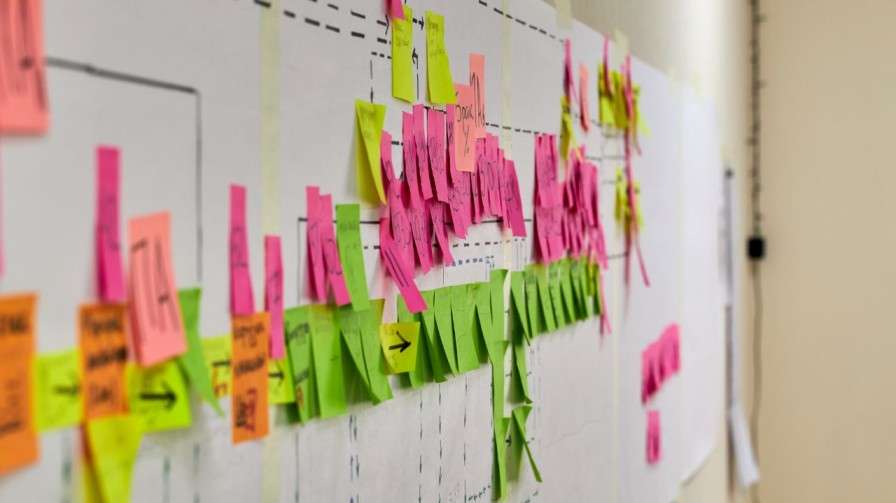Embark on a journey of process improvement and efficiency optimization with Value Stream Mapping. Explore the intricacies of this powerful tool, uncover industry best practices, and unlock the potential to streamline your operations and drive success.
Thank you for reading this post, don't forget to subscribe!Interpreting Value Stream Mapping: A Blueprint for Efficiency
Value Stream Mapping (VSM) is a visual tool used to analyze, understand, and improve the flow of materials and information within an organization’s processes. Originating from the Lean manufacturing philosophy, VSM enables organizations to identify waste, streamline workflows, and optimize value delivery to customers.
Key Components of Value Stream Mapping
-
Current State Mapping
The first step in Value Stream Mapping is to create a visual representation of the current state of the process, from raw materials to finished product or service delivery. This involves mapping out every step in the process, including material flows, information flows, and process times.
-
Identification of Waste
Value Stream Mapping helps organizations identify various forms of waste, such as overproduction, waiting, excess inventory, unnecessary transportation, over-processing, defects, and underutilized talent. By visualizing the entire value stream, organizations can pinpoint areas of inefficiency and waste.
-
Future State Mapping
Once the current state is mapped and waste is identified, organizations can develop a future state map—a vision of how the process should ideally operate. This involves eliminating waste, optimizing flow, and implementing improvements to achieve higher levels of efficiency and value delivery.
Implementing Value Stream Mapping: Practical Strategies for Success
-
Cross-Functional Collaboration
Engage cross-functional teams in the Value Stream Mapping process to gain diverse perspectives and insights. Collaborate with employees from different departments and levels of the organization to ensure a comprehensive understanding of the value stream and identify improvement opportunities.
-
Gemba Walks
Conduct Gemba walks—on-site visits to the actual workplace—to observe processes firsthand and gather data for Value Stream Mapping. This allows teams to gain a deeper understanding of the process flow, identify waste, and engage employees in the improvement process.
-
Continuous Improvement
Value Stream Mapping is not a one-time exercise but a continuous improvement journey. Encourage a culture of continuous improvement where teams regularly review and update value stream maps, implement improvements, and measure progress against key performance indicators.
Real-World Impact of Value Stream Mapping: A Case Study
Let’s examine the success story of XYZ Manufacturing, a company that implemented Value Stream Mapping to improve efficiency in its production processes. By identifying and eliminating waste, XYZ Manufacturing achieved a 25% reduction in lead times, a 30% increase in productivity, and a significant improvement in on-time delivery performance.
Conclusion: Drive Efficiency with Value Stream Mapping
In conclusion, Value Stream Mapping offers organizations a powerful tool for identifying waste, streamlining processes, and driving efficiency. By implementing Value Stream Mapping effectively and embracing a culture of continuous improvement, organizations can achieve operational excellence and deliver greater value to customers.
 hroptimum
hroptimum




